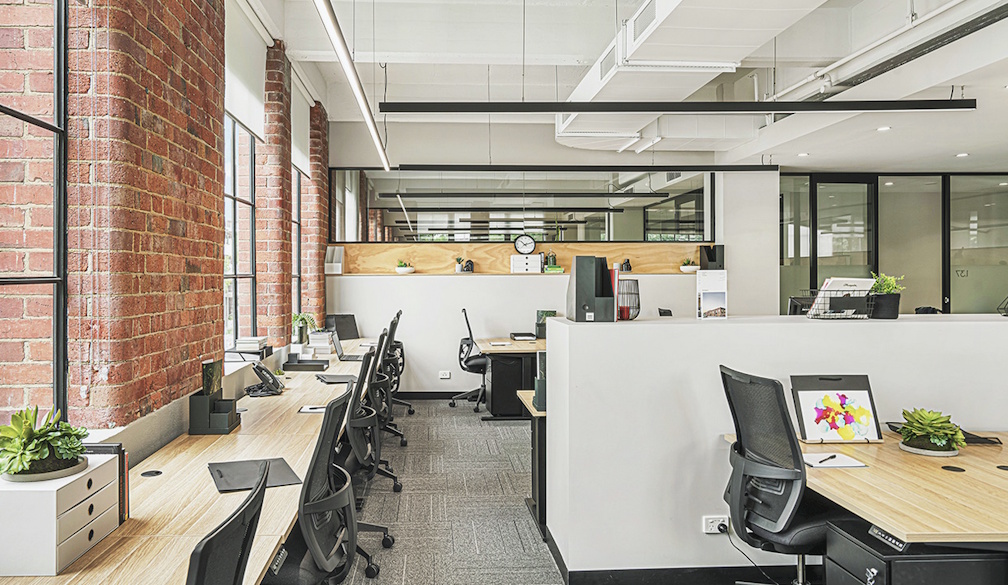Eradicating the COVID-19 coronavirus is also the best economic strategy
- Written by Brendan Coates, Program Director, Household Finances, Grattan Institute
Less than a month after restrictions first took effect, Australia appears to have contained the spread of COVID-19 more successfully than we could have possibly imagined.
But we’ve done so at unimaginable cost: large swathes of the economy have been shut down, leaving the livelihoods of millions of Australians on hold indefinitely. With new cases now on the decline, the conversation at today’s National Cabinet meeting will turn to what can reopen, and when.
But the economic costs of re-opening prematurely could be enormous.
The least costly[1] economic strategy is eliminating COVID-19 from Australia altogether. Growing epidemiological evidence suggests it may be possible for us to eliminate coronavirus within the next two to three months.
Read more: The case for Endgame C: stop almost everything, restart when coronavirus is gone[2]
New Zealand is pursuing[3] such a strategy.
Australia’s state and territory governments should explicitly declare[4] that they want to eliminate the virus, and maintain harsh lockdown restrictions until new cases are down to zero or close to it.
And in the meantime we’ll accrue invaluable intelligence from other countries about how best to emerge from lockdowns, and plan accordingly.
There’s no doubt this strategy would have big short-term economic costs.
The Organisation for Economic Co-operation and Development estimates that severe shutdowns like our level-three restrictions wipe out almost a quarter of economic activity, costing Australia’s economy about 2% of annual GDP for each month they remain in place.
This means a three-month shutdown would shave[5] six percentage points off Australia’s annual GDP.
But the Government’s unprecedented[6] package of economic support means many firms and households are well-placed to weather a short but severe storm.
Short term pain, long term gain
There’s also enormous economic upside if we eliminate the virus and the economy can more or less return to normal.
Schools and offices could re-open, as could bars, cafes and restaurants. Import and export goods would flow freely. International students could still come to Australia with quarantine and testing, and being COVID-free would mean more would choose Australia over alternative destinations.
Not everything could return to normal. International tourism would take a hit, because tight border controls would be maintained until the pandemic subsides abroad. But international tourism accounts for just 2% of our gross domestic product. And domestic travel would boom.
And while the prospect of 90 days of stage-three restrictions is daunting, it poses fewer economic costs than the alternatives.
Health Minister Greg Hunt has rightly ruled out[7] allowing the virus to spread through the community.
Read more: The 'herd immunity' route to fighting coronavirus is unethical and potentially dangerous[8]
Even with a so-called herd immunity strategy, there is little chance that economic life would return to normal for at least 12 months. Spatial distancing would still be needed to ensure our hospitals were not overwhelmed, and fear of infection would prevent many people from going outside. Many businesses would remain closed.
Adopting a Goldilocks[9] strategy – where we try to find just the right balance between allowing some economic activity while keeping infections low – would mean fewer die, but would still be bad for the economy.
While there is hope that widespread use of face masks and improvements in tracking and tracing of the disease might change this – there is no certainty.
Sophisticated contract tracing and surveillance were initially effective in helping countries like Singapore to largely stay open, but they too have since resorted[10] to a lockdown to keep infections under control.
Read more: Coronavirus: what causes a 'second wave' of disease outbreak, and could we see this in Australia?[11]
In practice, few sectors currently closed could be reopened in Australia under a Goldilocks strategy.
Modellers at the University of Sydney estimate[12] that even a 20% reduction in spatial distancing compliance would push rates of transmission back above one (that is, where one infected person on average infects more than one other).
That suggests schools could probably re-open, but many workplaces and university classes may have to stay closed.
As would domestic air travel and much non-essential retail. The political lobbying over which industry should have the privilege to re-open first would also be intense.
And whatever is required to keep infection rates stable would need to remain in place until there was herd immunity or a vaccine – and that probably means for as long as 18 months, assuming either happens.
We’ve a choice of a long or a short shutdown
For 18 months of lighter restrictions to be better for the economy than shutting down for another 2-to-3 months to eliminate the virus, the economic costs of a lighter shutdown need to be six to nine times less damaging to the economy than a severe shutdown.
That would require an almost complete removal of spatial distancing, which isn’t on the table.
If there were extended shutdowns, millions of Australians would come out the other side with significant scarring; many would never work again.
Firms that can endure a three-month shutdown without going bust are unlikely to survive for 12 months without further government support. And the budgetary costs of that support would become much bigger for future generations if extended to 12 months or more.
Read more: 'Overjoyed': a leading health expert on New Zealand's coronavirus shutdown, and the challenging weeks ahead[13]
Relaxing most restrictions without sparking a second round of contagion may be possible in time, but only after making enormous new investments in our ability to identify cases and isolate them quickly.
Economist Paul Romer argues for[14] universal testing of Americans every two weeks; others call[15] for a new digital surveillance state to enforce self-isolation. In each case the technological obstacles are large, and so we should start investing now. Extending the shut down would give us valuable time to prepare if we fail.
It’s commonly assumed that the public health and economic objectives of managing COVID-19 are in conflict. That’s wrong. Eliminating the virus from Australia is the best strategy for our health and for our economy.
References
- ^ least costly (grattan.edu.au)
- ^ The case for Endgame C: stop almost everything, restart when coronavirus is gone (theconversation.com)
- ^ pursuing (www.theguardian.com)
- ^ explicitly declare (grattan.edu.au)
- ^ shave (theconversation.com)
- ^ unprecedented (blog.grattan.edu.au)
- ^ ruled out (10daily.com.au)
- ^ The 'herd immunity' route to fighting coronavirus is unethical and potentially dangerous (theconversation.com)
- ^ Goldilocks (grattan.edu.au)
- ^ since resorted (www.nytimes.com)
- ^ Coronavirus: what causes a 'second wave' of disease outbreak, and could we see this in Australia? (theconversation.com)
- ^ estimate (www.abc.net.au)
- ^ 'Overjoyed': a leading health expert on New Zealand's coronavirus shutdown, and the challenging weeks ahead (theconversation.com)
- ^ argues for (www.vox.com)
- ^ call (protect-au.mimecast.com)
Authors: Brendan Coates, Program Director, Household Finances, Grattan Institute














